Pokémon Go is an ever-evolving game that borders more on being an experience, getting people out of their homes, and helping them get closer to the world of Pokémon than ever before. And that isn’t just done through the game itself. Every team involved with the mobile app’s development plays a role in bringing Pokémon into the real world through its gameplay, presentation, and storytelling.
The stories of Pokémon Go are also told in multiple ways, one of which is through the game’s various marketing campaigns that look to try and bring information to players both new and old in a way that gets them excited for what comes next. And for many fans, this element of Pokémon Go has only improved with time.
If you look back at Pokémon Go Fest 2022 and social videos for the recently concluded Season of Light, Niantic took extra care in crafting a detailed story around the Ultra Beasts—framing their arrival as something entirely alien and unsettling in a way to invoke the same emotions of a traditional found footage approach. These creatures were coming into the real world from Ultra Space and it was up to the players to counteract them at every turn to prevent disaster.
This approach was met with praise from lapsed and current players, along with fans of Pokémon in general who might have no interest in picking up Pokémon Go. And now that the Ultra Beasts have been quelled—at least for a moment—Niantic’s digital director of marketing for Pokémon Go Josh Engen spoke to Dot Esports about just how his team crafts these campaigns, works to tie them into the stories, and the challenges of making sure each situation feels like it belongs in both the Pokémon and real world.
What was so special to the team about this season and being able to extend a story across almost a full year through interconnecting pieces between them from Alola?
Engen: It is always fun to play with the seasonal format and I think the narrative we used for this one in particular was really cool and unique thanks to how we connected it through our social channels, various content creators, and both the community and game. We got to evolve it as new content was coming out.
We started this Ultra Beast campaign a long time ago for Go Fest and it has only evolved as we’ve introduced new Ultra Beasts to the mix. And it is truly awesome because you can clearly see parts of the story and what we show in the marketing affecting other areas of Pokémon Go.
We have all of this found footage stuff going up on our socials for the Ultra Beasts and it mixes with the same type of storytelling we are using for the Halloween event with all of those different spawns. It gives a chance to experiment and work to evolve it in ways like you have seen over the summer leading into our exclamation point at the end of the Season of Light.
How fun was it to come up with and work on ways to integrate Pokémon Go into new marketing or promotion campaigns while also using the storylines?
It is different every time but I think the Ultra Beasts are a unique example to use for us, especially when you think about how we’ve presented them here as being this almost alien presence being involved in a near alien invasion. They’re a bit spooky but also silly and fun, so there is this a very Pokémon feel to the kind of monster movie take we were going for.
That’s a fun thing to play around with when it comes to marketing and the types of assets we can build internally before even thinking of unique ways to partner with content creators and stuff like that. I think all the people on our team were excited about it and are still excited about it.
The Ultra Beast Arrival event is the end of that to an extent with the found footage style moments where they are coming to our world. It is our chance to really make it feel like you have to battle against them, and that is fun for us.
When you come up with a big promotion, what is the process like? Are there any restrictions or specific method you use to break things down?
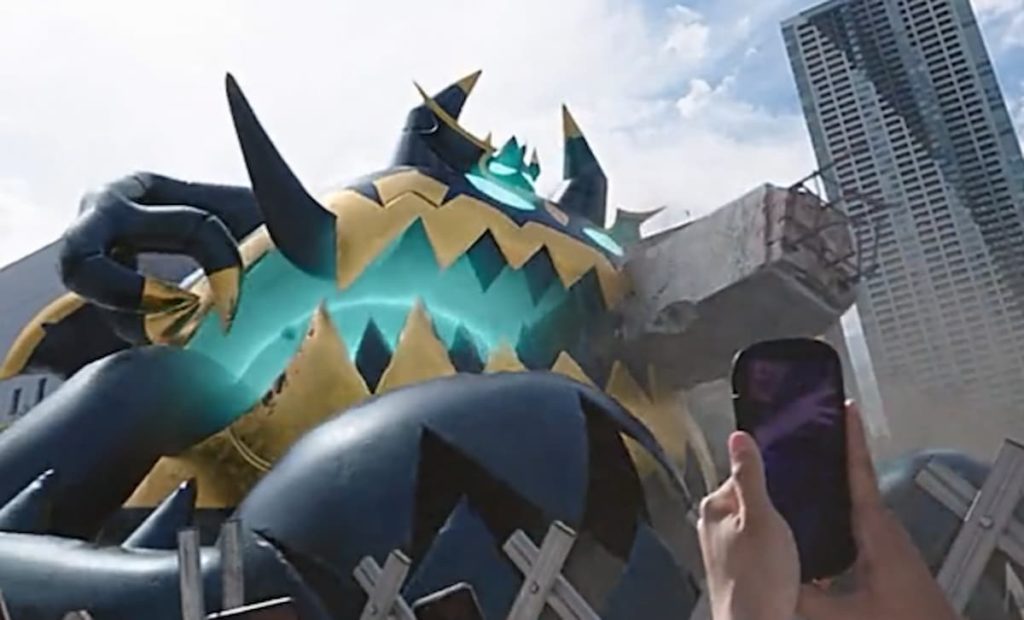
That is very different from season to season and campaign to campaign. We have a team of incredibly talented and creative people who love to sit down and just go all out with brainstorms, hanging out, and throwing whatever we can at the wall to see what sticks.
We try to wrap those ideas around interesting themes and creative ideas that will let us try new things while also building out the narrative in a really organic way that’s true to Pokémon brand, true to the Pokémon that are in the game world we’re building, and true to the things that make Pokémon Go unique. For us, that means staying true to what makes Pokémon Go, Pokémon Go with the idea it’s happening in the real world and the phone acts as a portal [to] this universe we get to create. We get to put on our shoes and go outside to do all of this in the real world.
We want to capture the fun and silly nature of the Pokémon and the Pokémon world, but also not go forgetting the part that makes the game so special.
What made bringing the Ultra Beasts into a physical space the move for the team with how they were revealed and promoted on socials? Fans seemed to love the world building and how terrifying the team made them out to be. Were there any big challenges for this decision?
We always start with the Pokémon. We try to lead with trying to be as true to these creatures as we possibly can and we work with our internal creative team, other agencies, and the folks over at The Pokémon Company to really try and get to the core of what makes these creatures unique.
For the Ultra Beasts, it started with that sort of alien vibe around them, and, as the process of developing a campaign specific to the Ultra Beasts grew, we really wanted to try and capture that essence a little bit in what we created. Part of it came from the initial brainstorm, some from individual activations, and others from just thinking “Wouldn’t it be cool if these aliens sort of came to the real world? What would the reaction be?”
I think part of it just comes from looking at the concept of Pokémon being in the real world and logically thinking about natural responses. And, for the Ultra Beasts, we thought seeing one would be creepy and surprising, and we wanted to capture some of that.
The reaction to the original Ultra Beasts being revealed in that way was very positive, especially Guzzlord appearing and crushing its surroundings. With things like that, how does your team play with the scale of Pokémon in the real world? Do you change certain elements to fit your needs or is there a set of guidelines you need to follow?
Yeah, I have two kids and I love getting to show our videos to them. I love their reactions. When I showed them the Guzzlord video, they were both like “I can’t believe how huge it is! Did you see him!?” When you see Guzzlord initially and think “look at this thing compared to the real world,” the scale is bonkers.
I do think that the actual scale is a question better left for the folks on the game design team more than my marketing takes, but I do think that we all try to take it as seriously as possible. What I mean by that is, we know we’re still creating something a little bit fanciful right? But we want to treat it as if it is not as much as we can.
We want to treat these Pokémon and situations as though it is an experience that people can have in the real world.
There has been a growing number of in-person events hosted by the team at Niantic. How has that changed things for the marketing team when it comes to planning around events and pinpointing exact moments you have to hit when introducing new content?
It is definitely a tricky balance and I think that we’re always trying to experiment to figure out exactly how it works and should work each time.
I think we highly value and think that, like we talked about earlier, the things that make Pokémon Go special and unique. In this case, that is getting people out into the real world and adventuring as much as possible. A part of that comes with connections you have or can make with the people around you when you’re doing Community Days and other things like that.
Pokémon Go is special in a lot of ways because you get a chance to really have these weird moments when you’re out and about and recognize that other folks are playing the game around you. Our live events are sort of built primarily around those connections and so we’re definitely thinking about what kind of content works best to fuel them and really trying to land things in a way that is meaningful.
I think there’s obviously some moments that work better than others and the game is always evolving, so we’re always trying to experiment with new things and learn. But I think for us, it’s that core of “what content and what moments can we create that really fuels connections between people?”
Jumping back to the importance of narrative, how fun has it been for you and the team building out these season-long stories? Any highlights you want to pinpoint?
I think of myself as being a creative first person, so helping create this fun campaign with all of the Ultra Beasts that built up to multiple live events has been a highlight of my time at Niantic for sure, especially with the sort of end being this big global event.
If I had to pinpoint it down to a specific moment, like the one where there’s a realization that you get to help create this thing, I went to Go Fest in Seattle and there were just 50 to 100 people sort of hanging out and getting to go raid.
Everyone was enthusiastic about being there. There were cheers when you won a raid, everyone was patting you on the back and high-fiving when you caught a Shiny. That kind of stuff is just so unique to Pokémon Go and it was cool to see it in person.


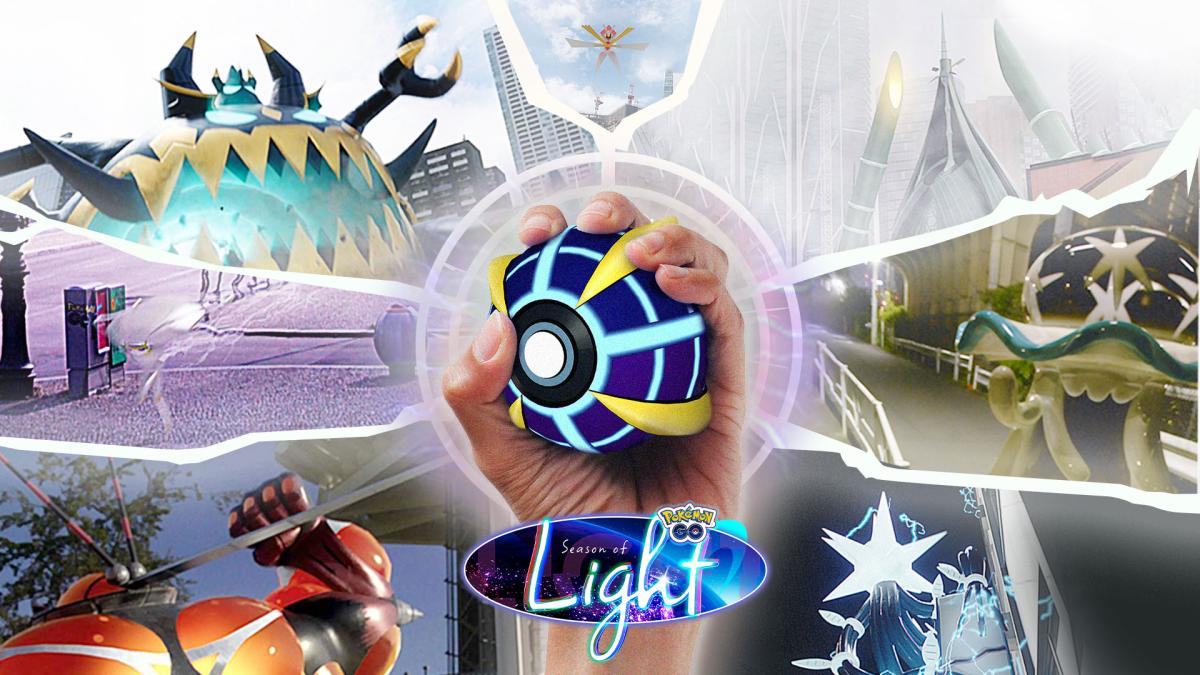
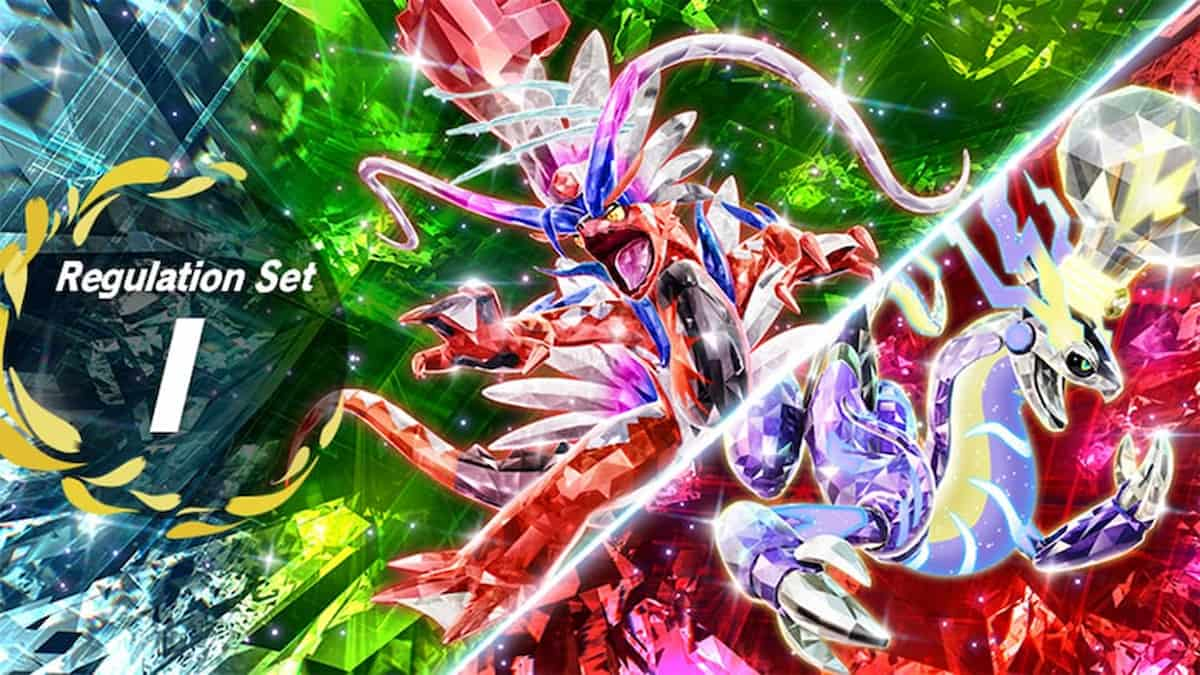

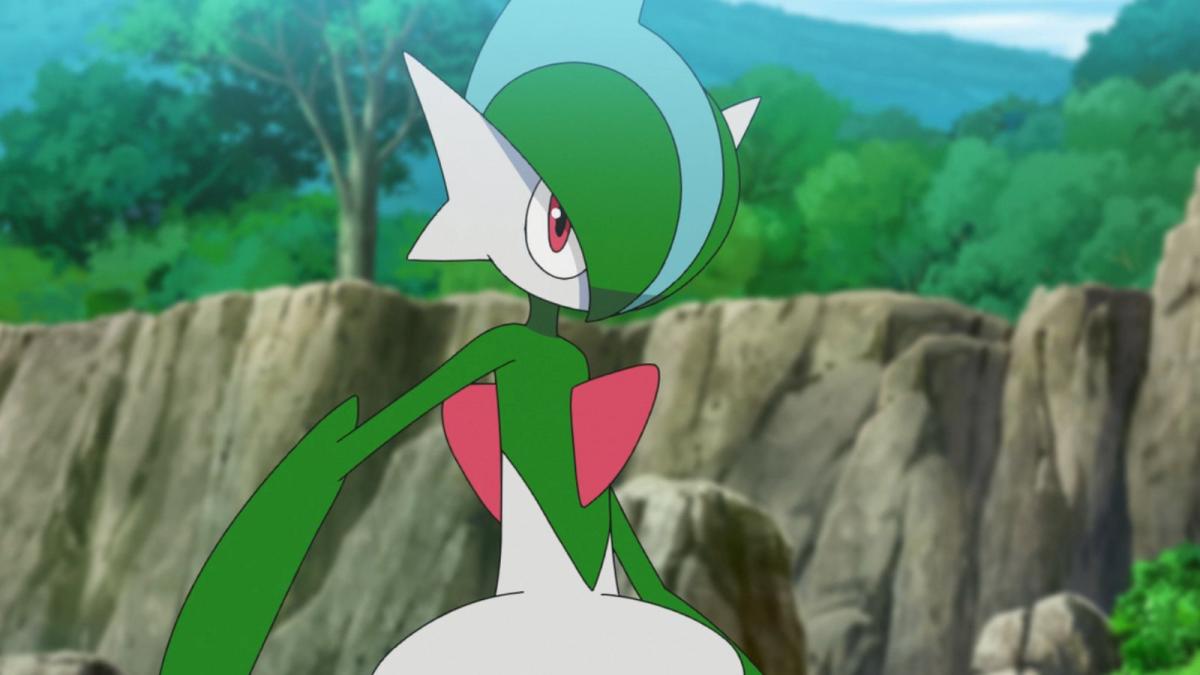

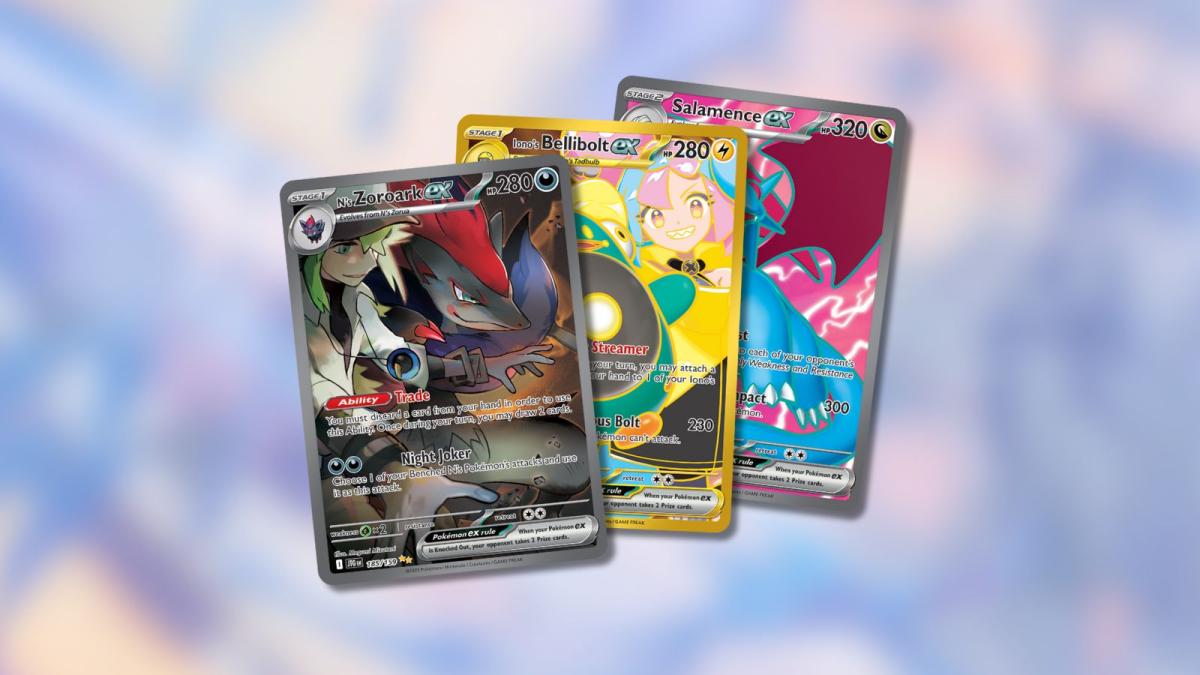
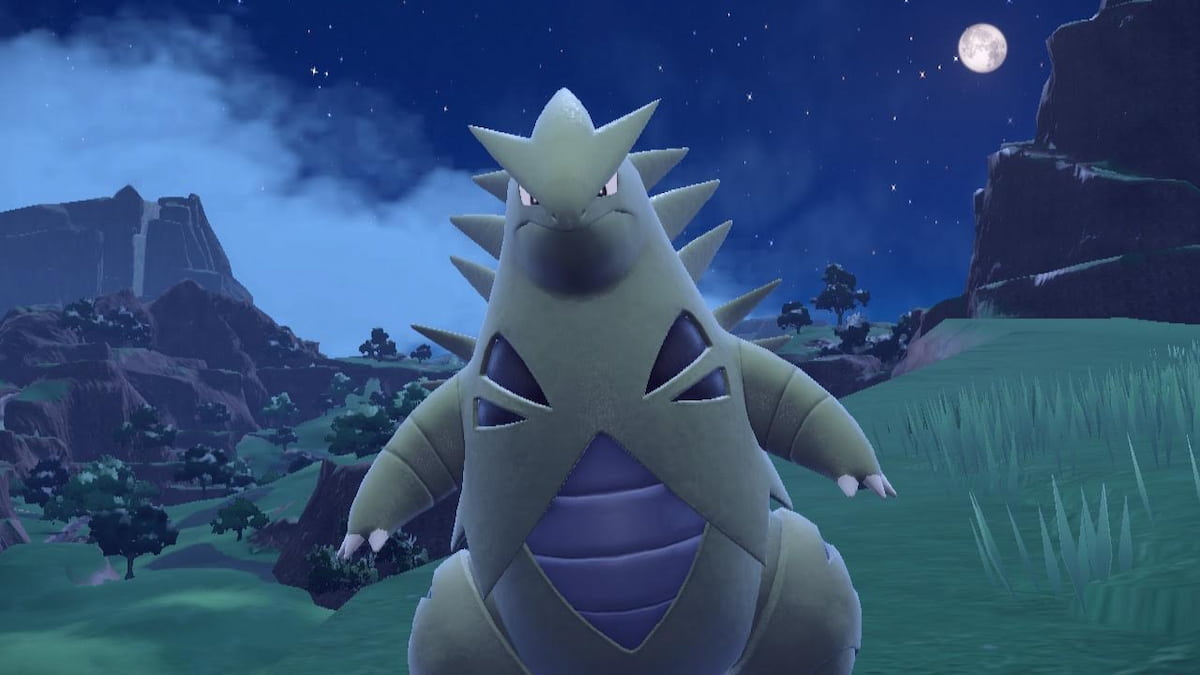
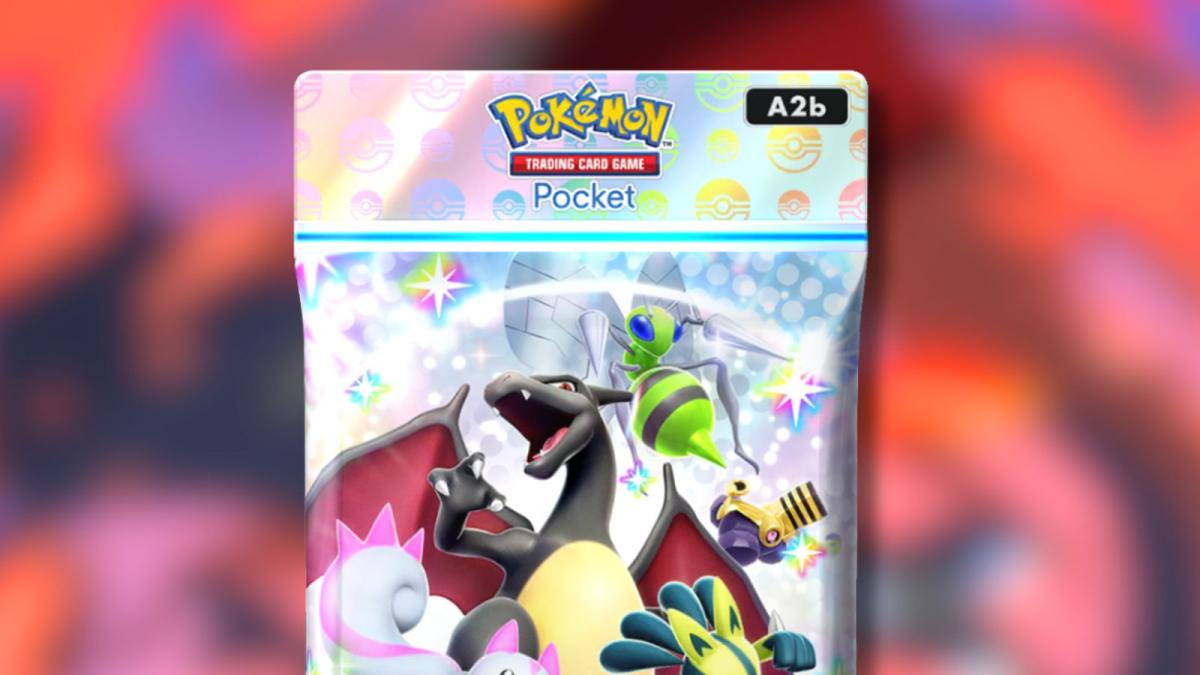
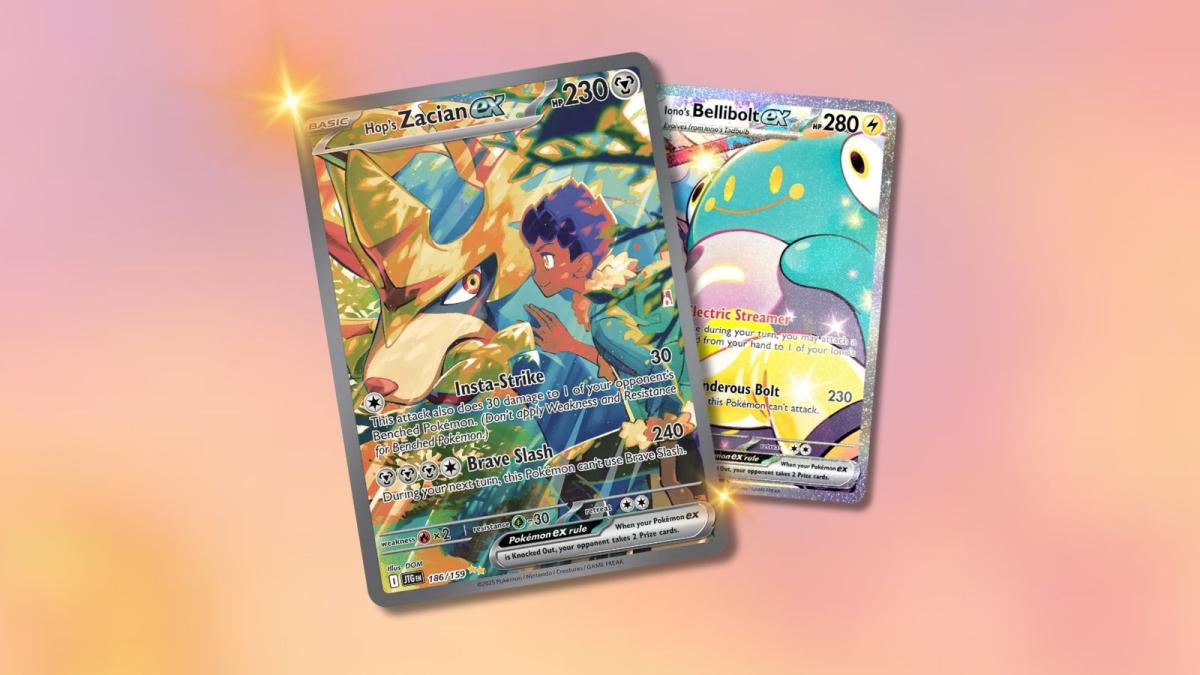

Published: Dec 1, 2022 11:34 pm